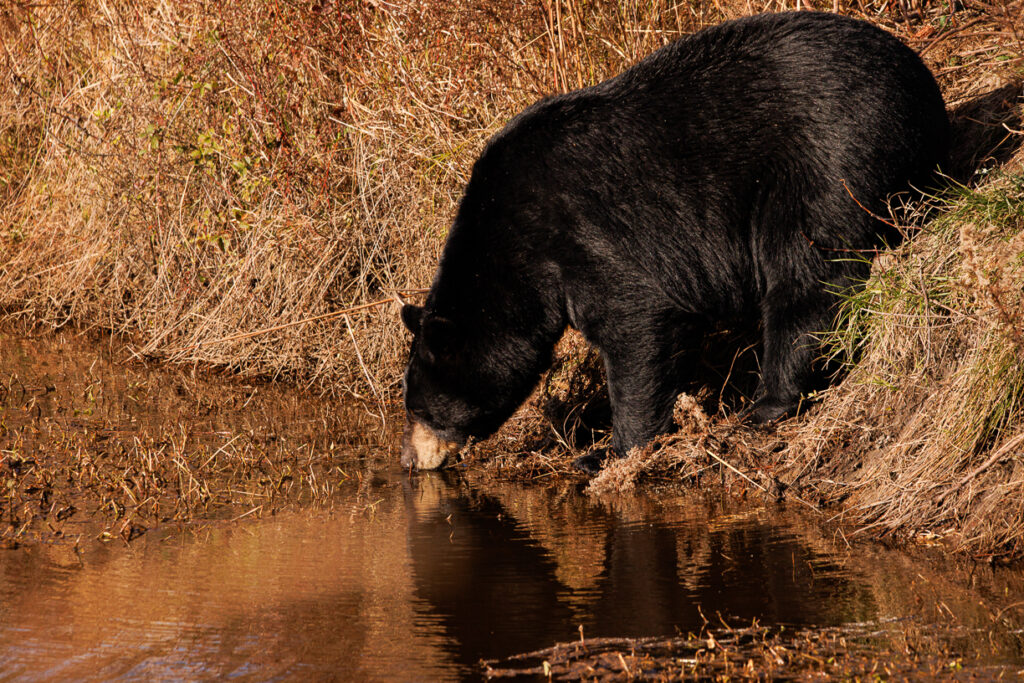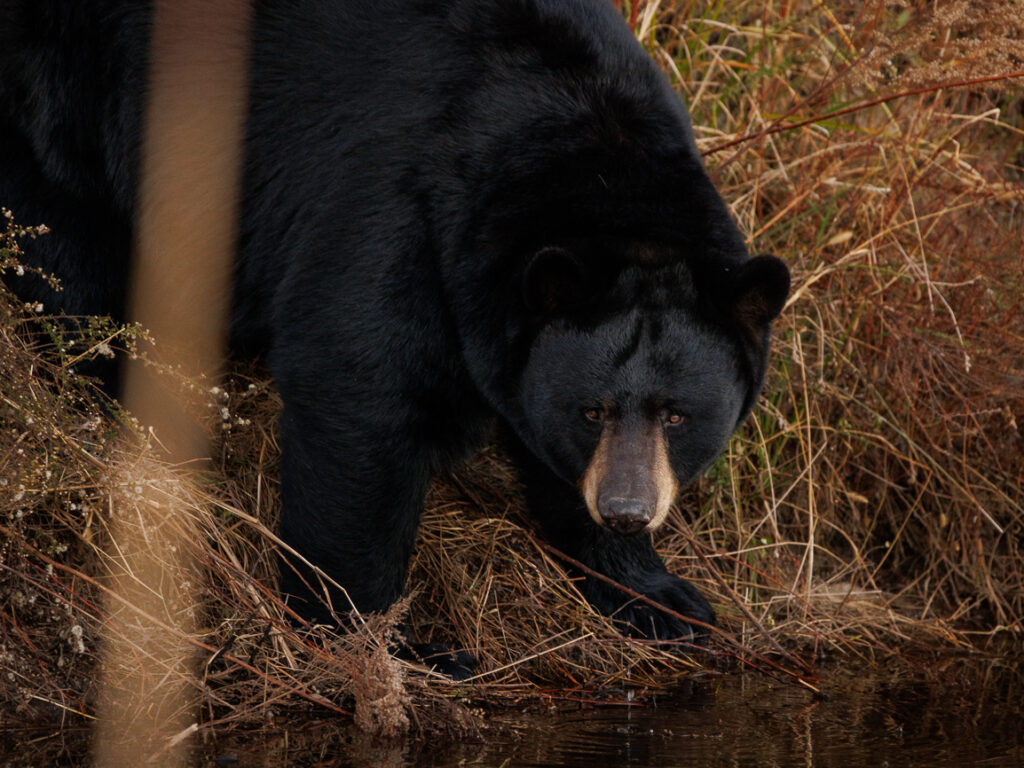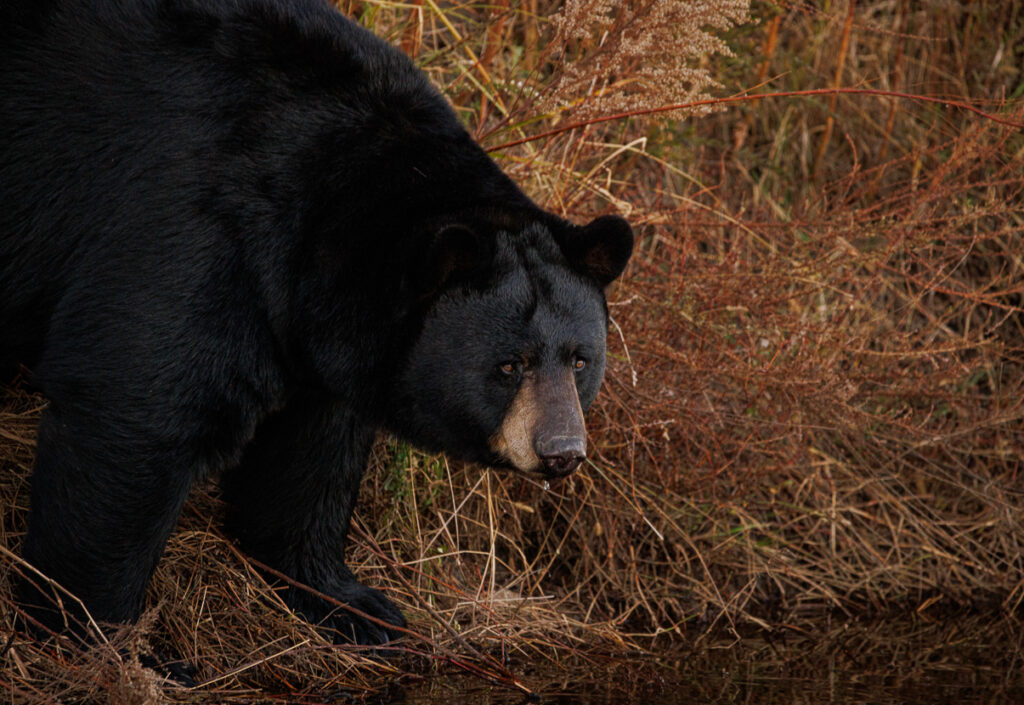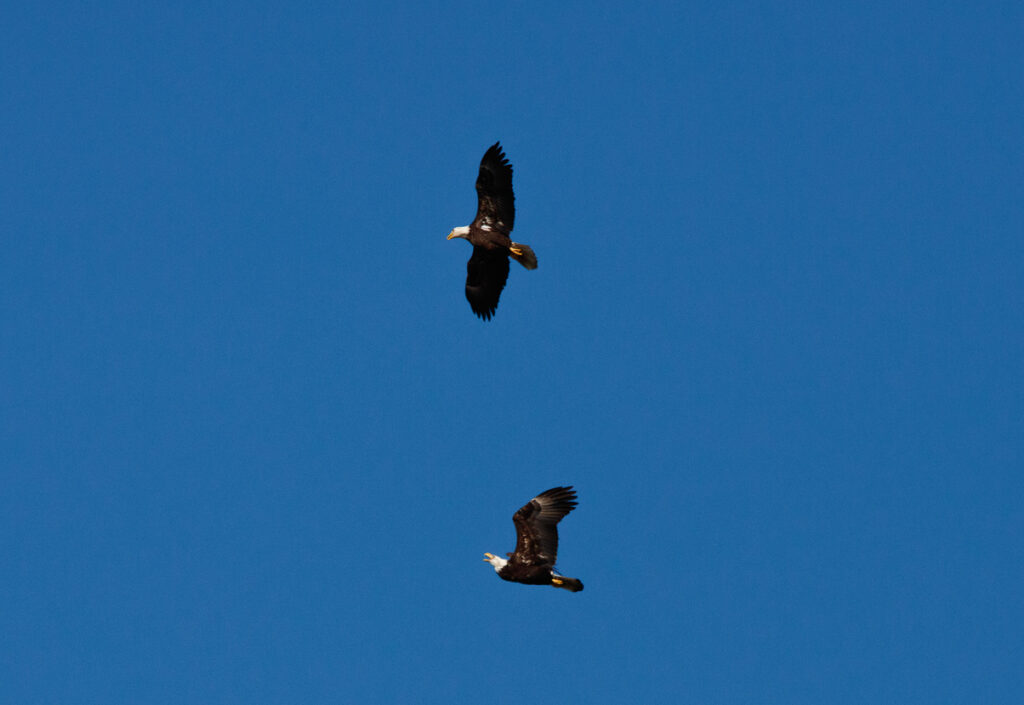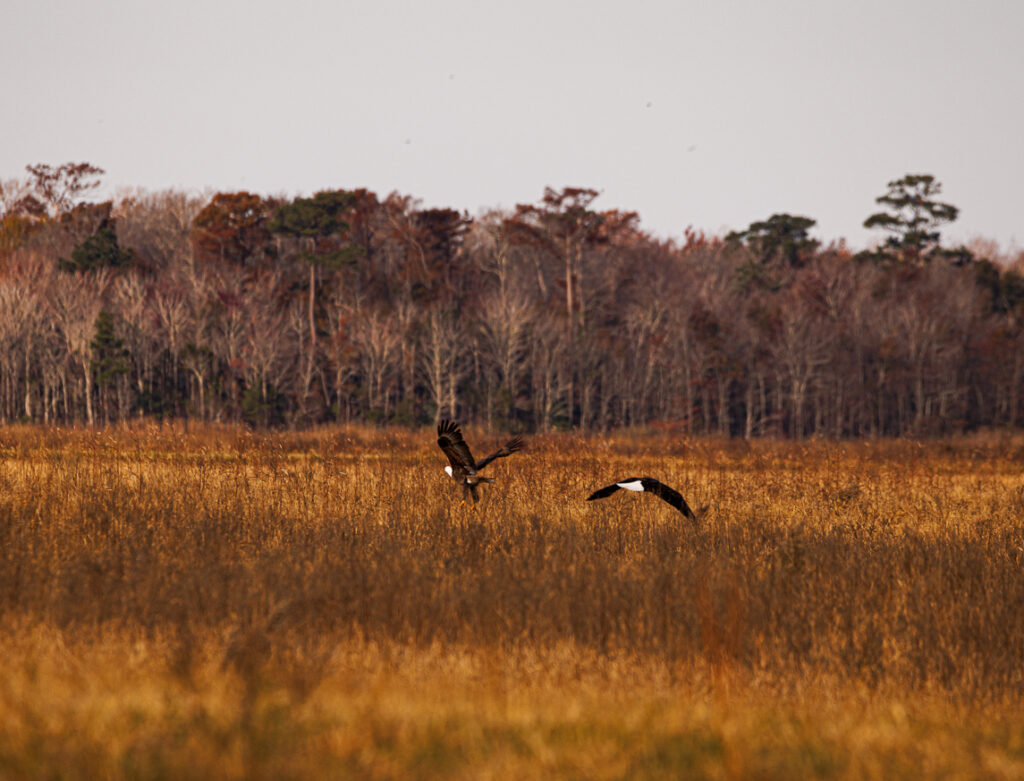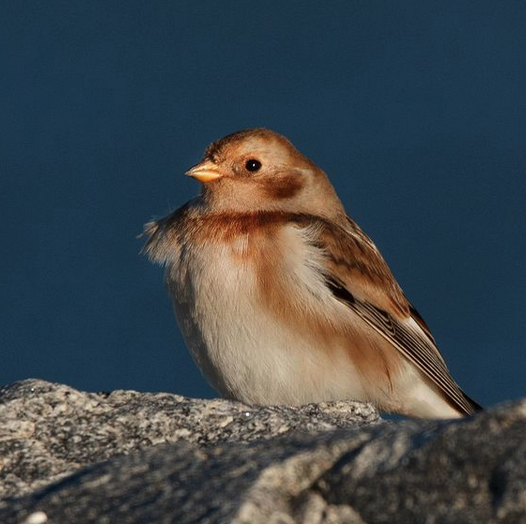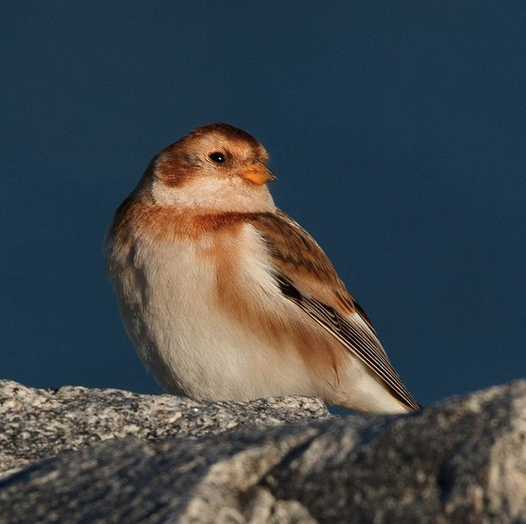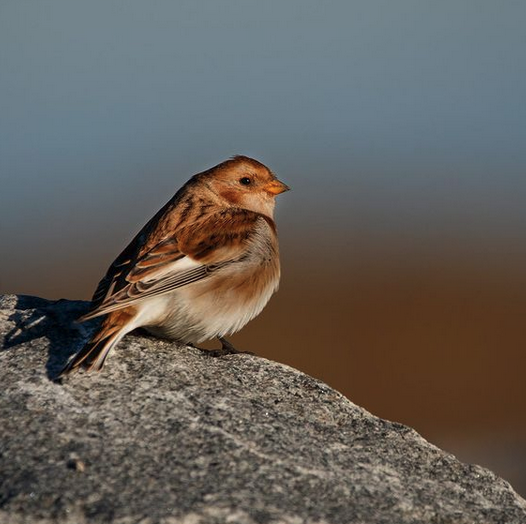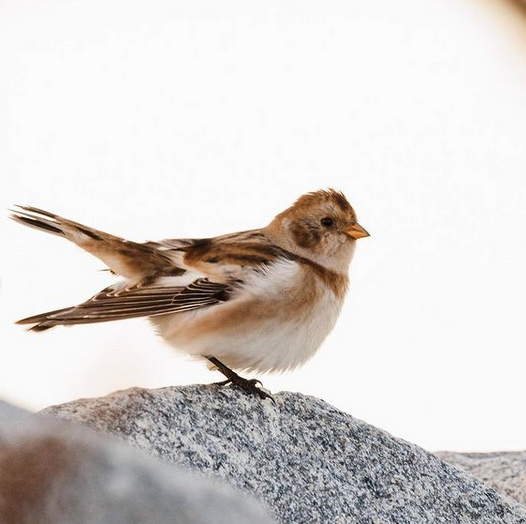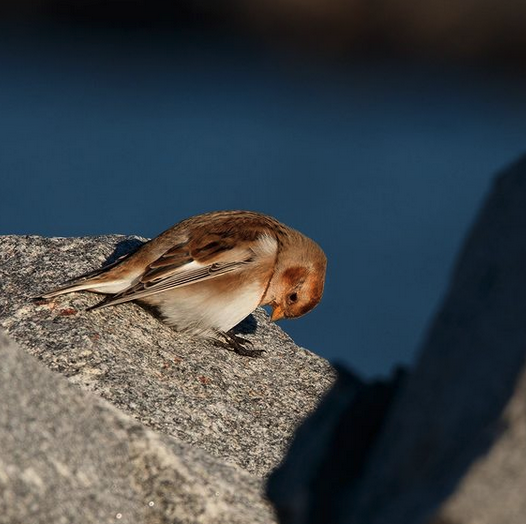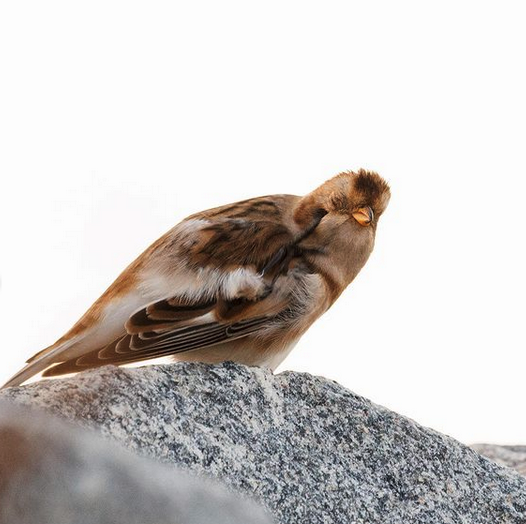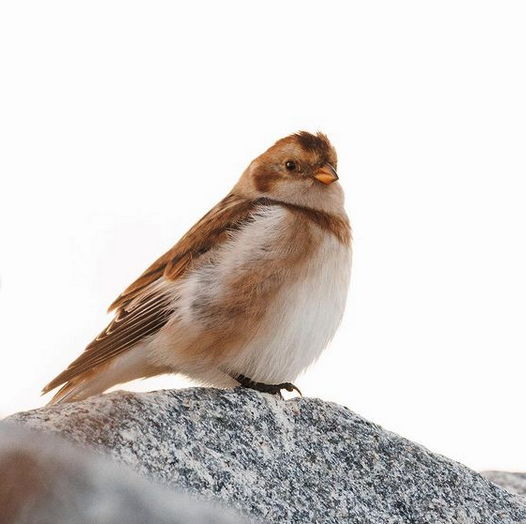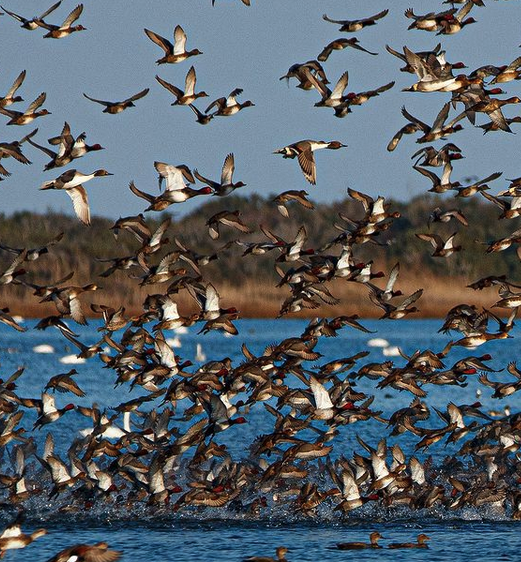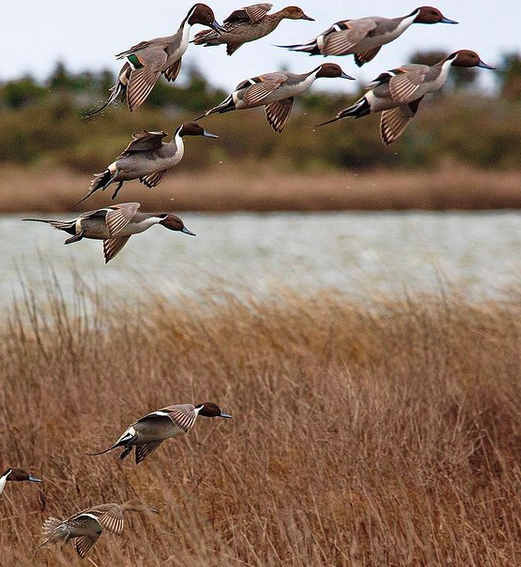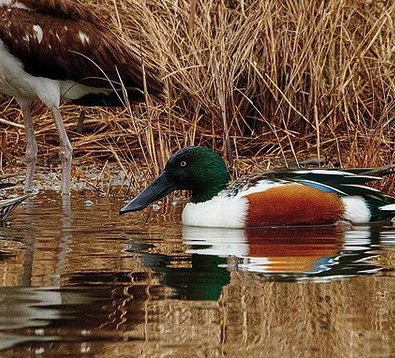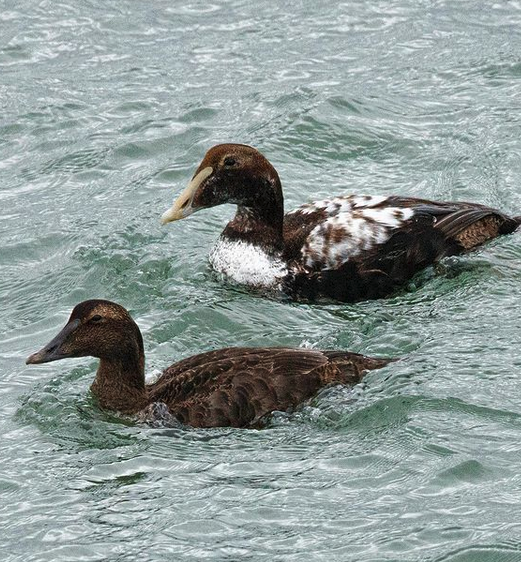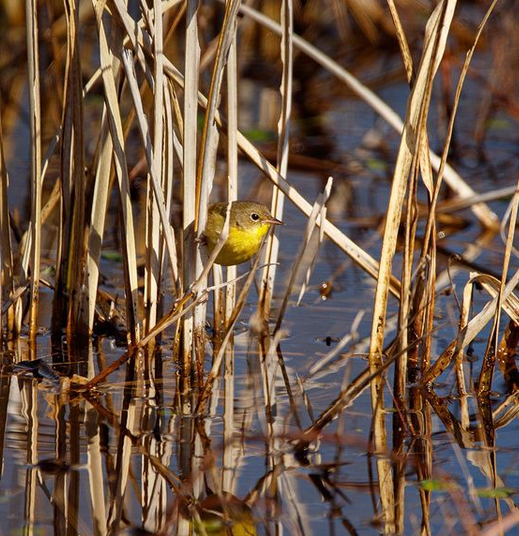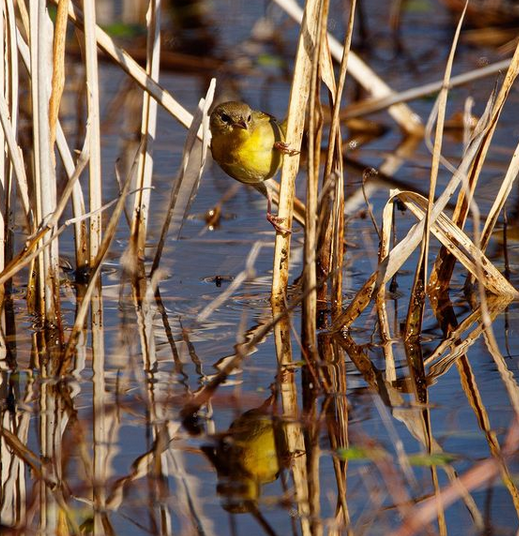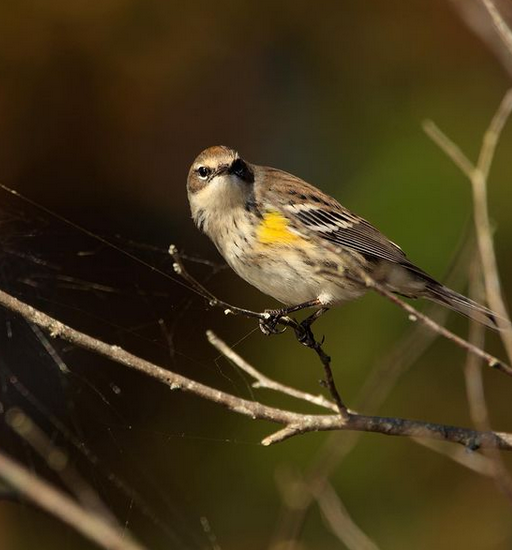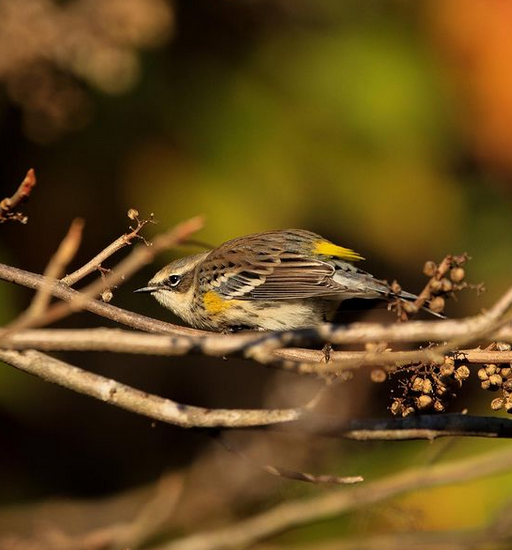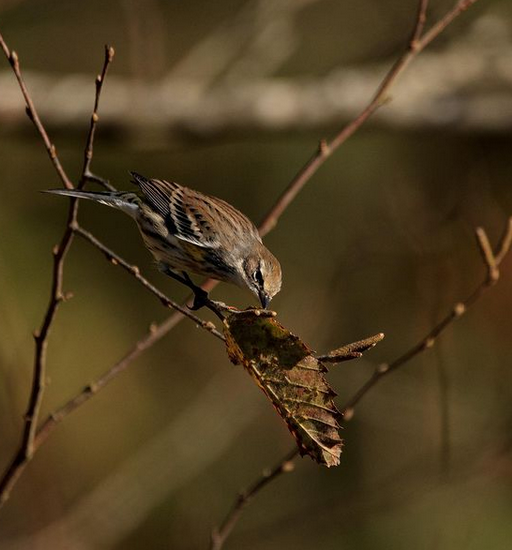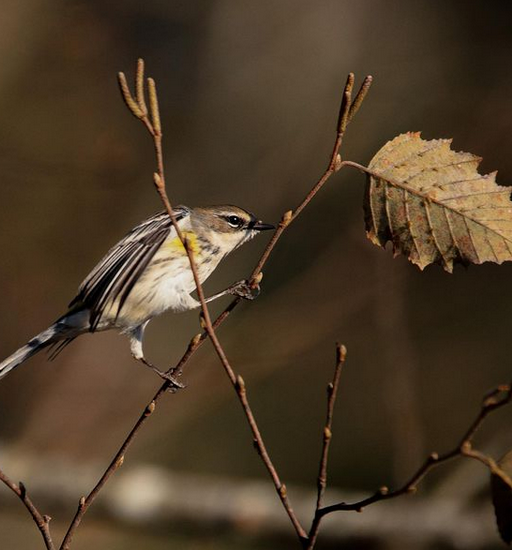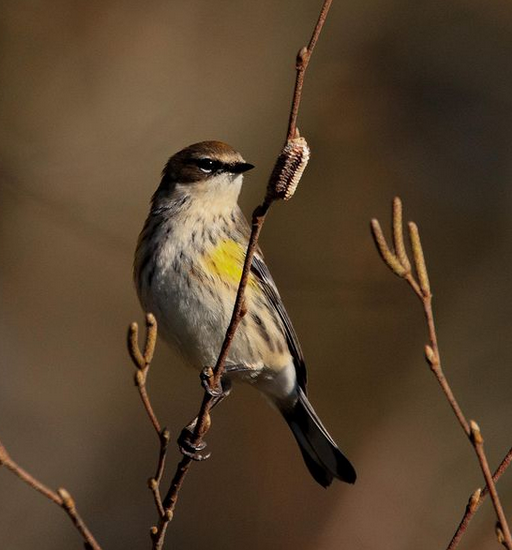By: Sally Siko- Admin Birdwatching NC
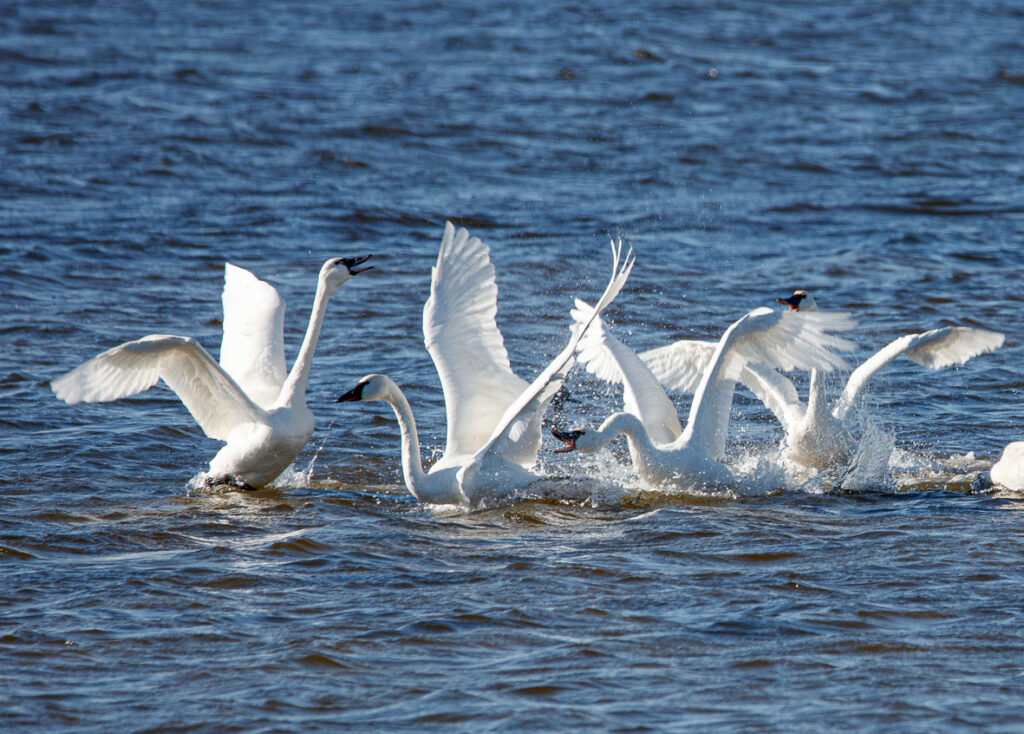
Back home after my trip to the Alligator River NWR & the OBX this past weekend and thinking about the importance of pre-bird tour groundwork.
Because nature is somewhat unpredictable, I’ve found it useful over the years to do a little location scouting a day or two before my tour dates.
This time allows me to check the conditions of the trails and routes plus be able to confirm that all of the seasonal bird species are where I’d expect them to be.
Most of the time it’s all good but in this case, yikes!
Thank goodness I headed out to the Alligator River NWR earlier in the week before my guests where scheduled to arrive because apparently the impoundment areas were bone dry.

Normally the fields are flooded in October to provide safe haven for migrating waterfowl over the winter but due to dry conditions, a shortage of workers, and a beaver dam stopping up the pumps, they were unable to start the pumps to flood the fields this year.
Thus, aside from a small flock of Tundra Swans, a half dozen Northern Harriers, Red-tailed Hawks and Bald Eagles, there were hardly any birds to be found along the first stop of my tour.
Not exactly the best conditions to start off a birding trip…
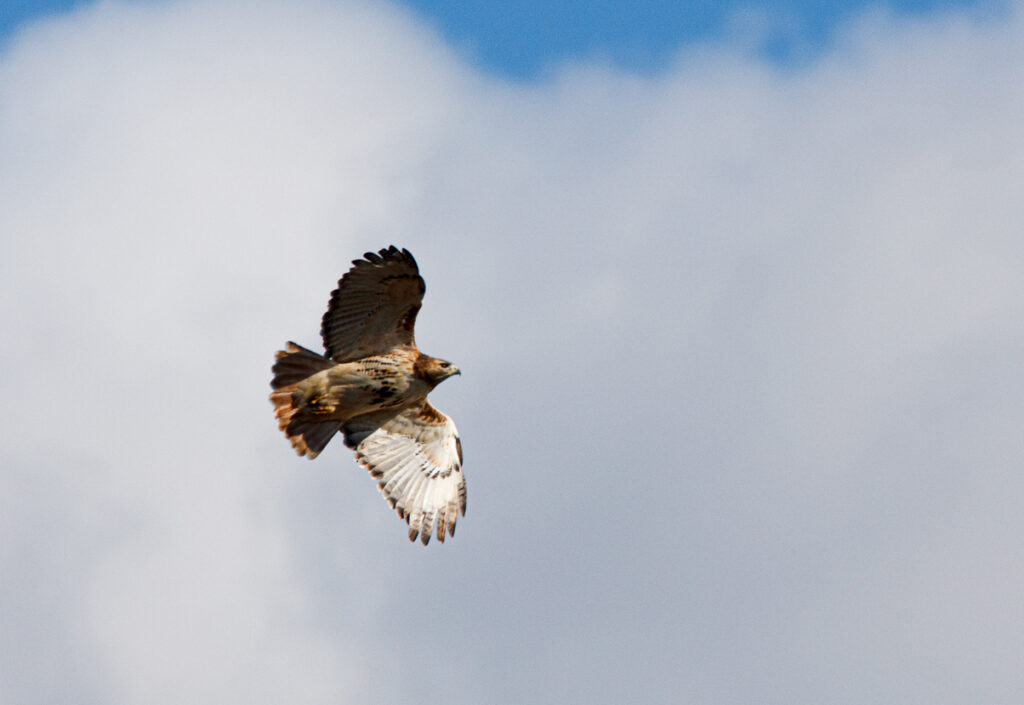
So, I contacted my guests before the tour day and explained the situation on the ground.
My new plan was to spend less time at the Alligator River NWR and add an extra stop at the end of our tour on to find a rare species of bird (a Snow Bunting) on Pea Island.
I don’t like to have to change things last minute but I always want to make sure that my guests are getting in the most birds (and the most fun!) out of the time we spend together so this felt like the right move.
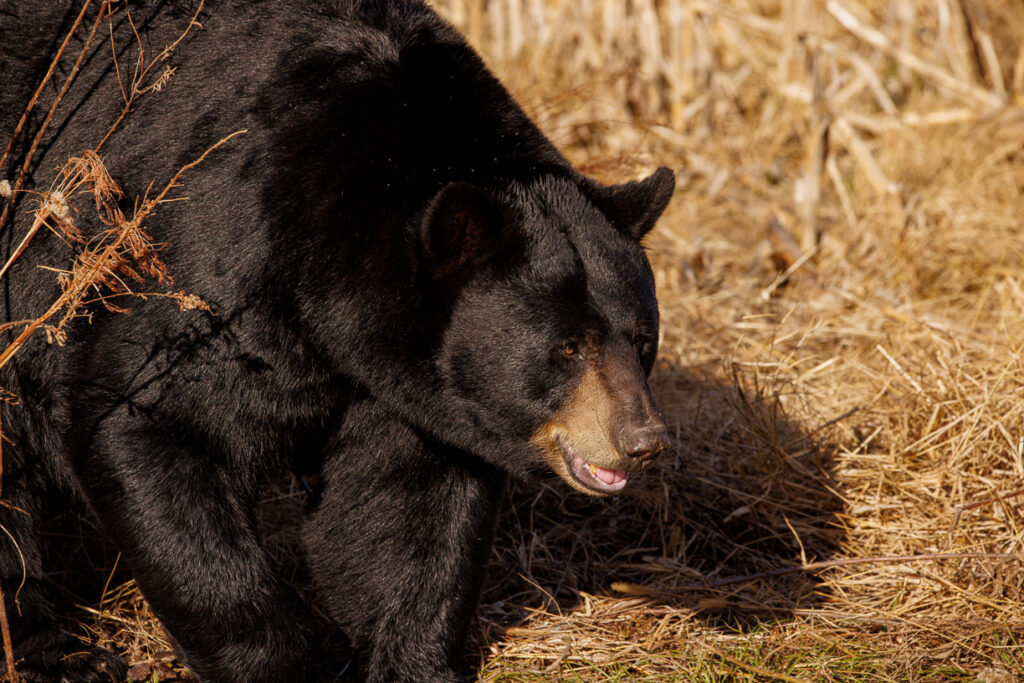
As it turned out, Alligator River NWR was still worth the short visit as there were plenty of opportunities for my guests to spend time photographing the resident Black Bears which was pretty cool!
It was such a joy to see so many happy bird loving photographers getting their first ever shots of a bear.
Plus, I got to show the group a family of Bald Eagles hunting Swans in the fields.
All in all, not a bad way to start the day 🙂
Thankfully our next stop on Pea Island came through with thousands of ducks and swans to see swimming on the ponds in the refuge.
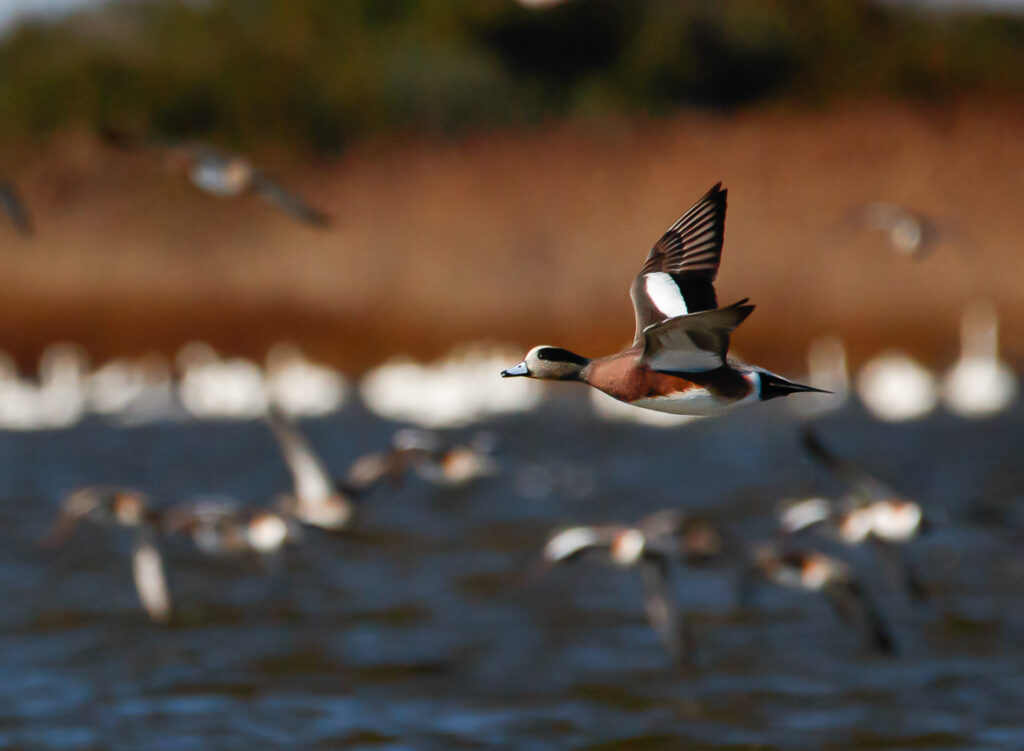
There were Redheads, American Wigeons, Ringnecks, Scaups, Pintails, Gadwalls, Black Ducks, Mergansers, Buffleheads and more including American Avocets, Clapper Rails, Godwits, warblers and sparrows!
Plus uncountable numbers of Tundra Swans, geese and American Coots to round out the day’s list which you can see in the photos below.

Lesser black backed Gull 
Common Merganser 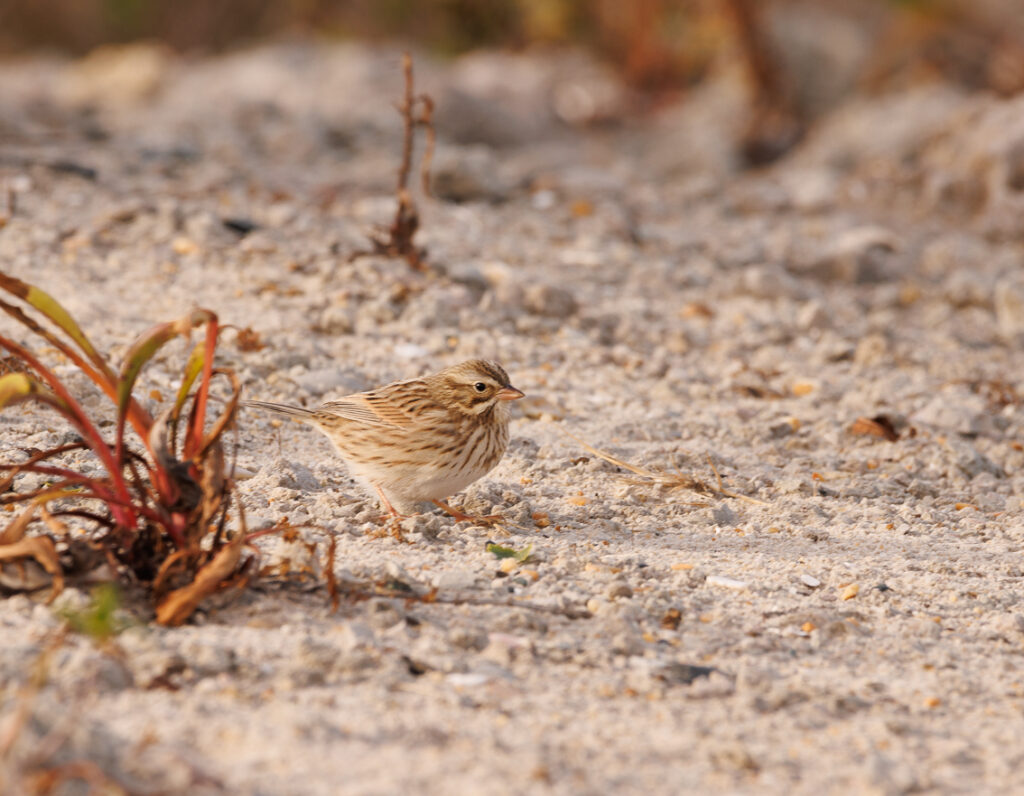
Savannah Sparrow 
Hooded Merganser & Bufflehead 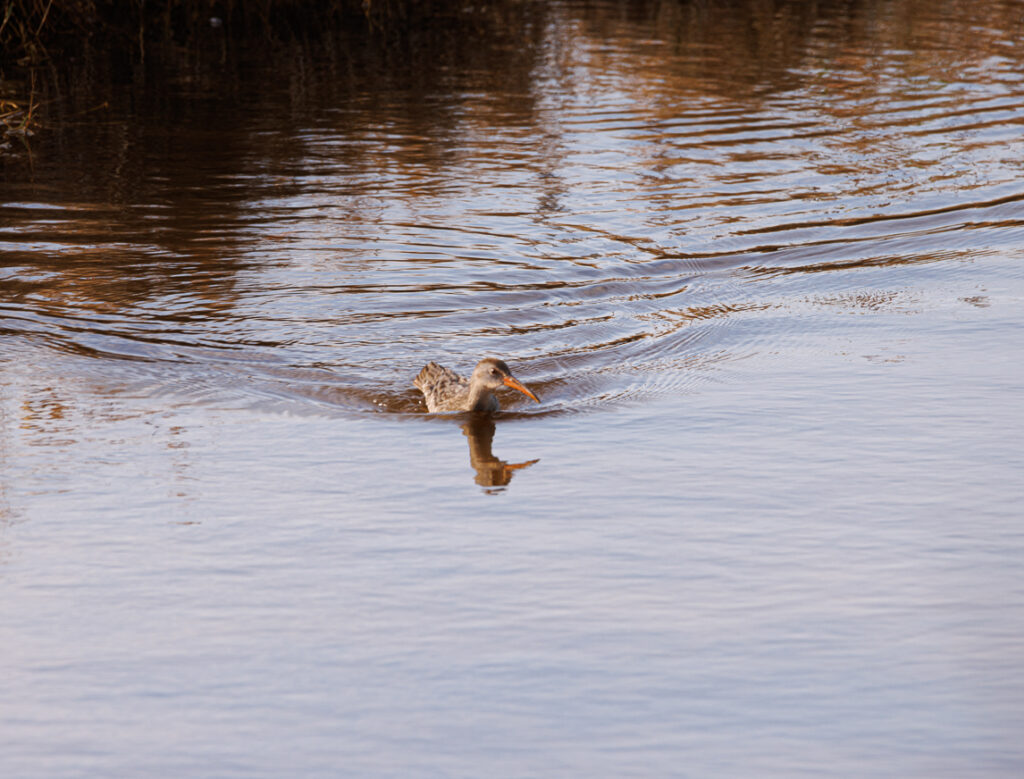
Clapper Rail 
Black Duck 
Red winged Blackbird 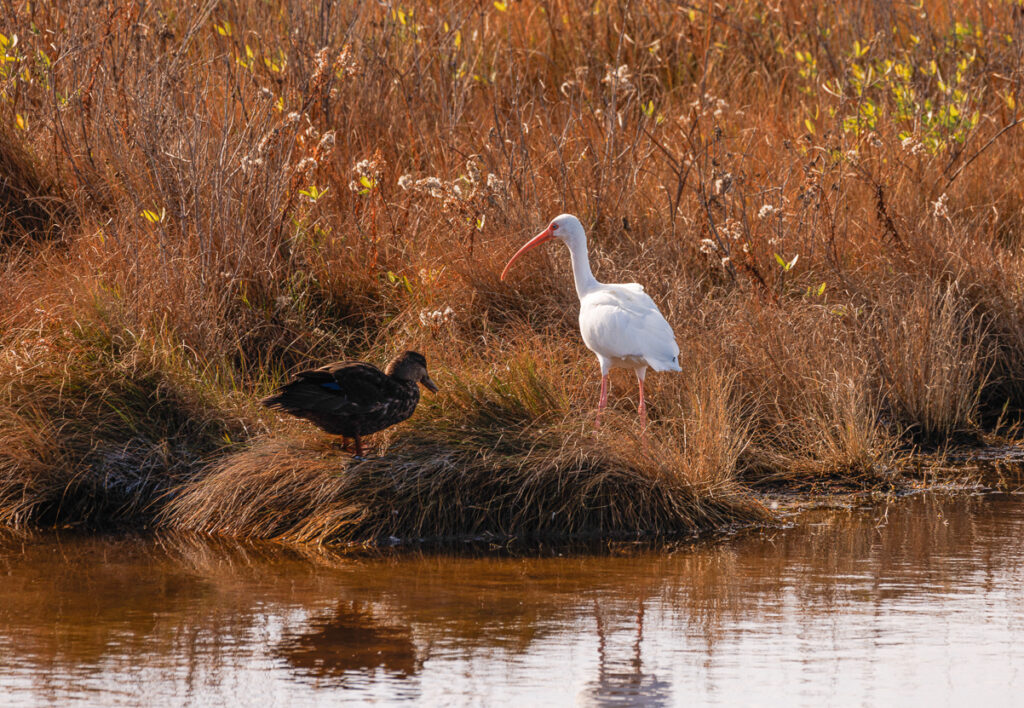
White Ibis 
Redhead Ducks 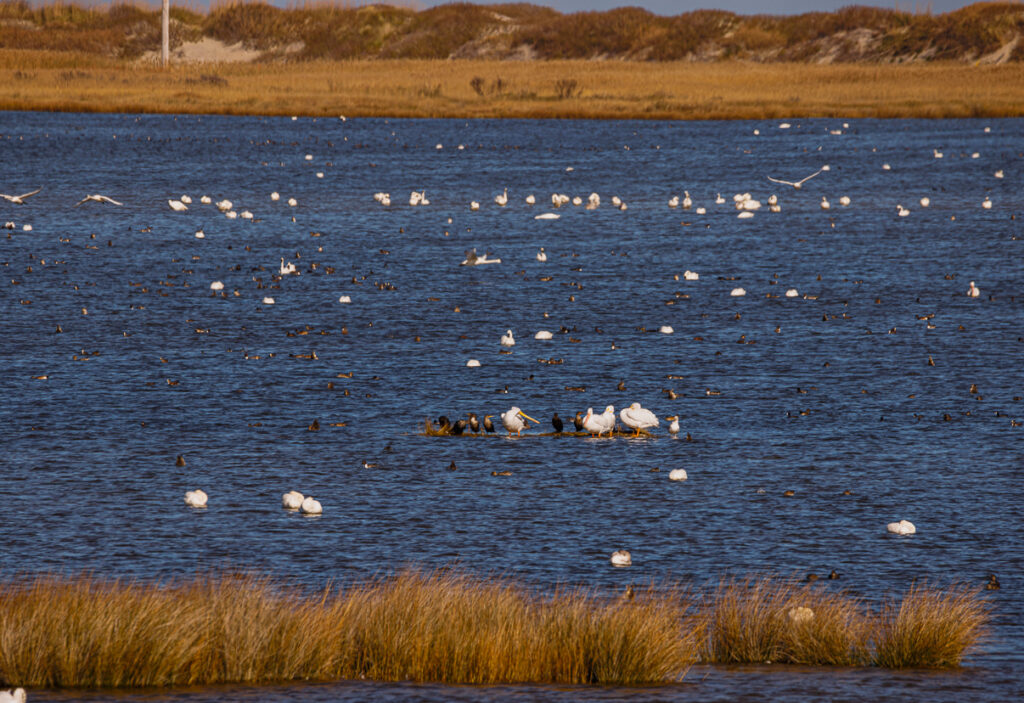
White Pelicans 
Pintails, Redheads & Gadwall 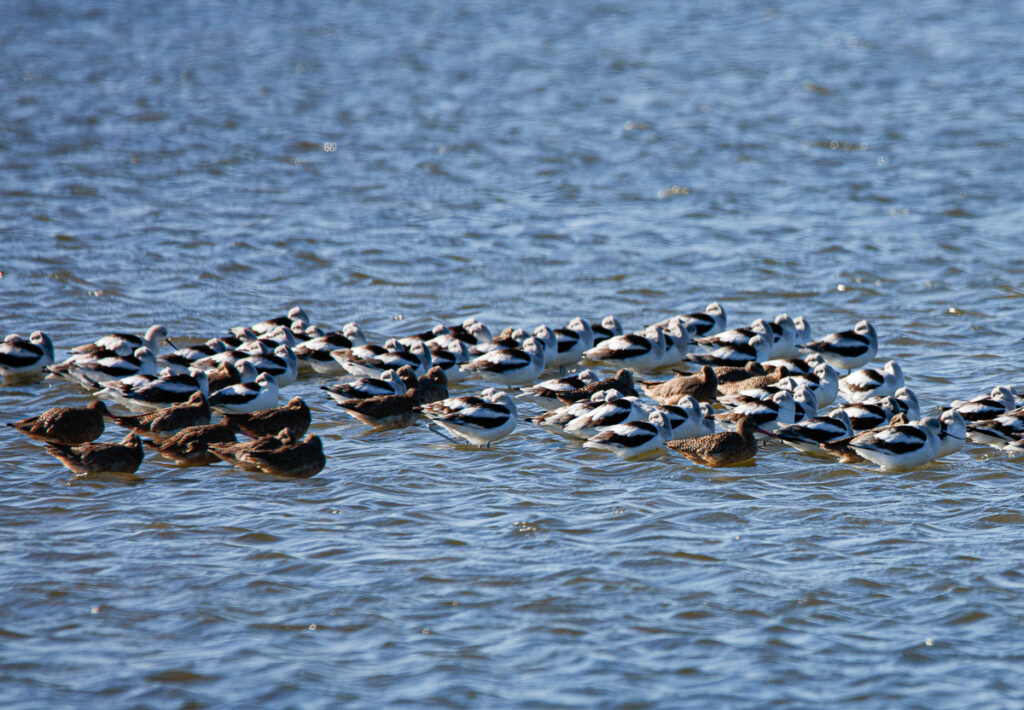
American Avocets & Godwits 
Tundra Swans 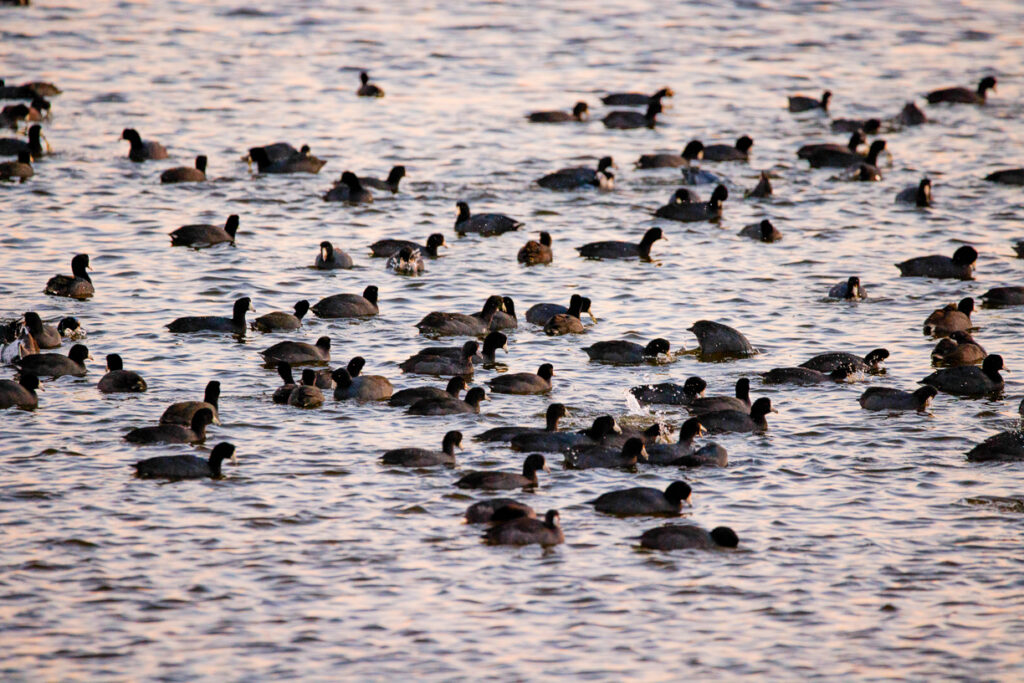
American Coots 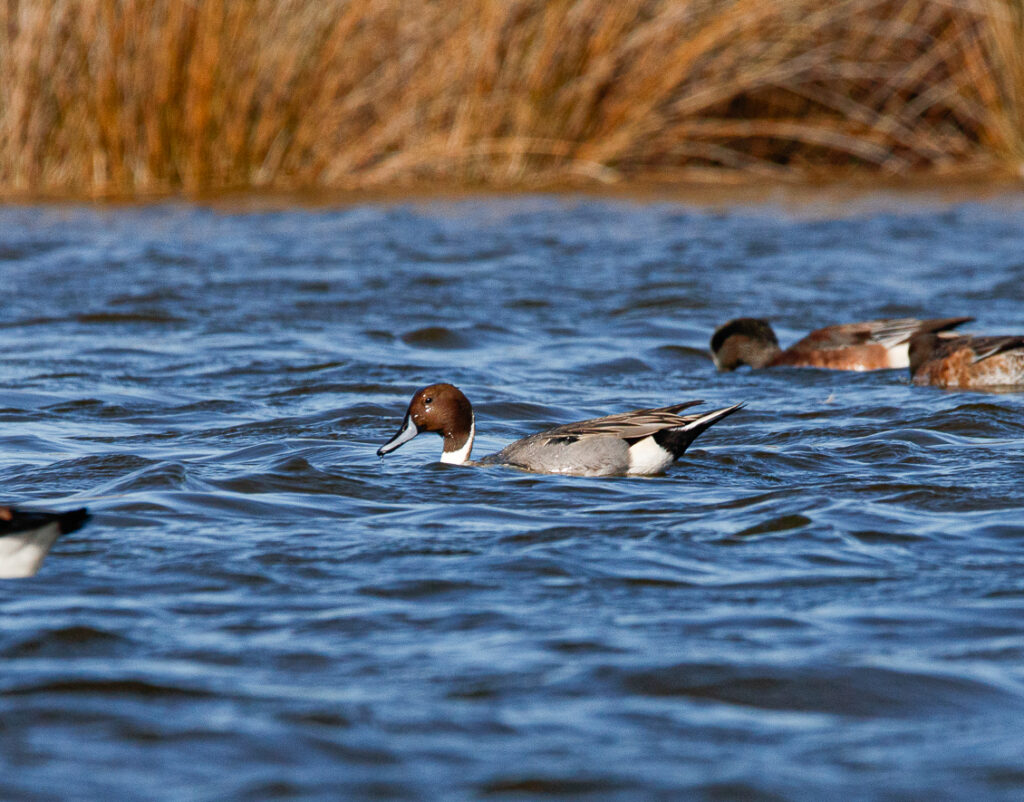
Pintail Duck 
American wigeon 
Assorted Waterfowl 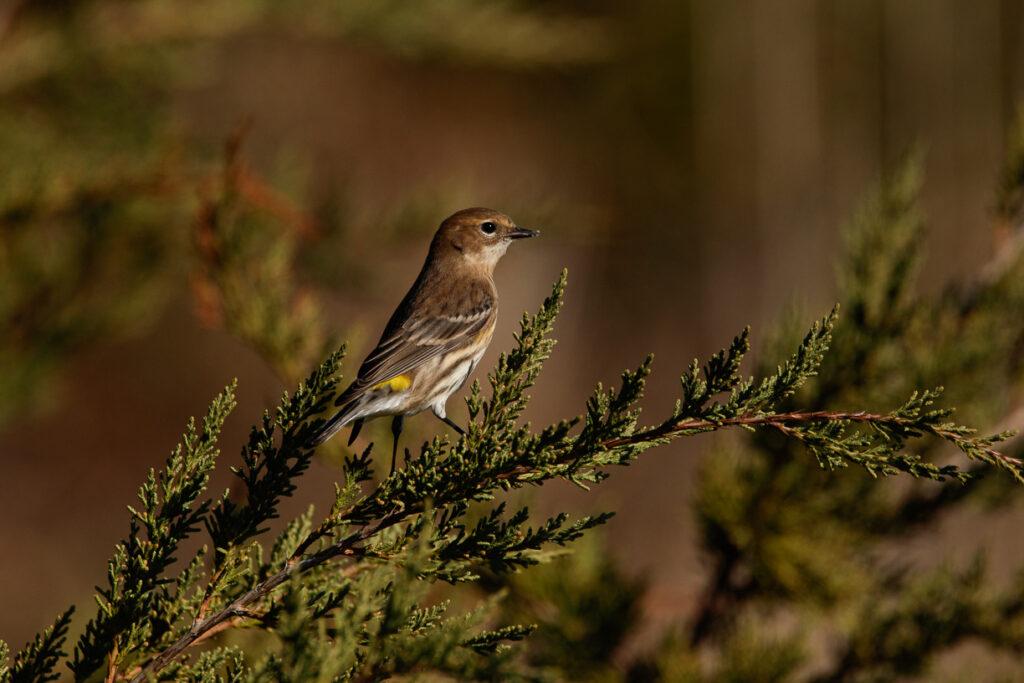
Yellow- rumped Warbler 
Ruddy Turnstone 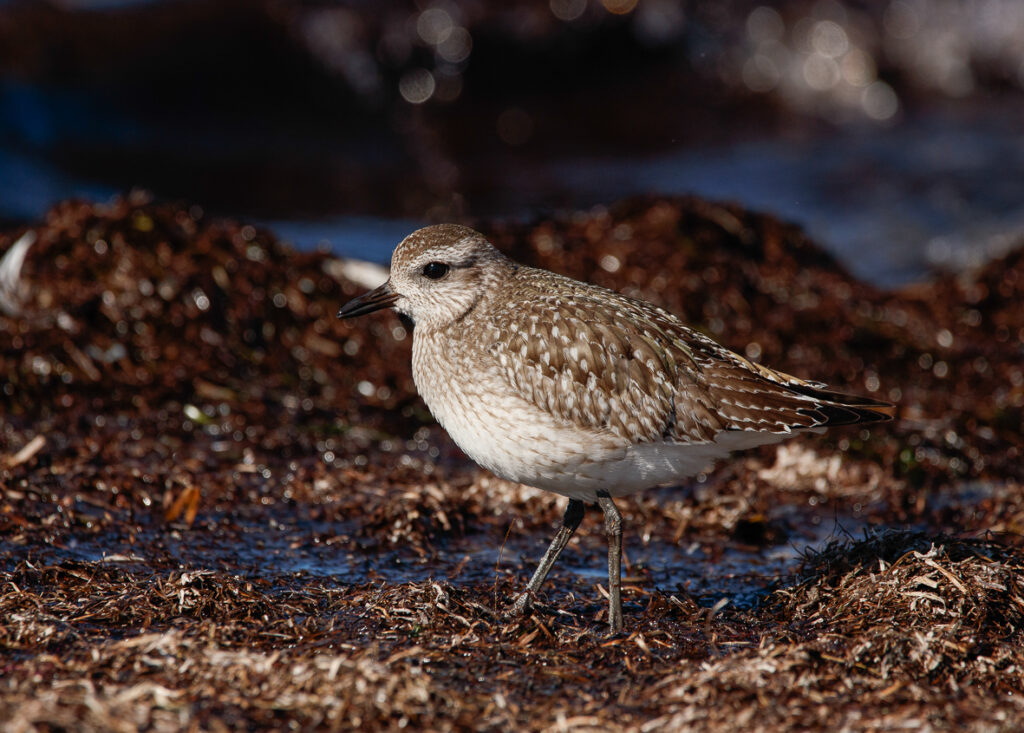
Black bellied Plover
Oh and yes, I was able to deliver that Snow Bunting too (a new lifer-bird for every guest!) which was a total cherry on top.
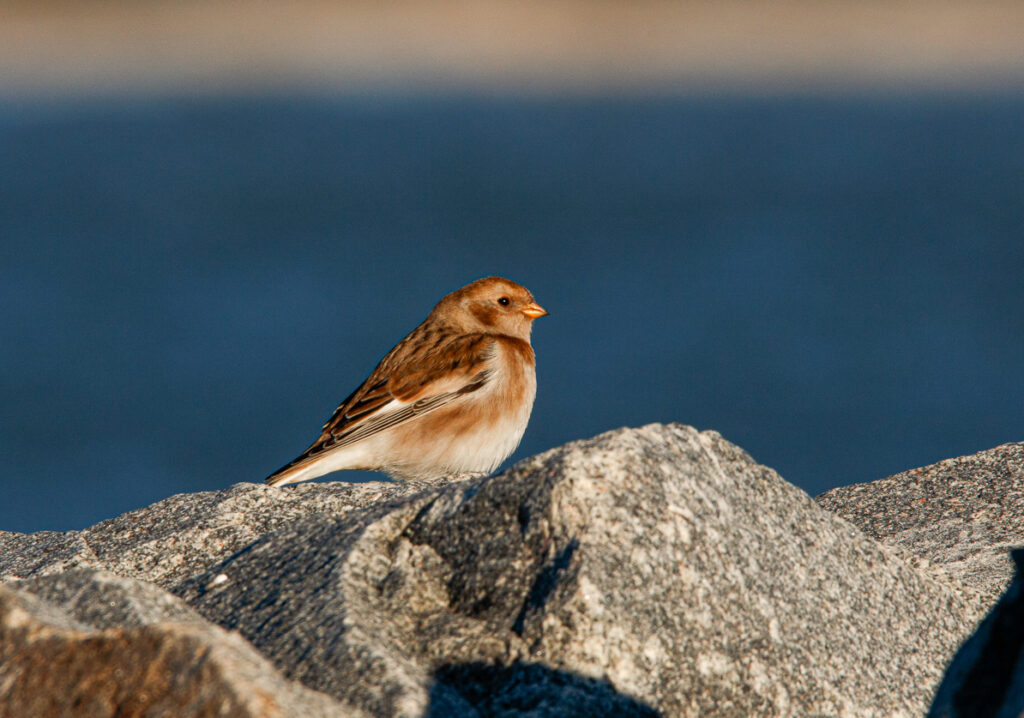
All in all and despite an unexpected start, a wonderful day 🙂 I can’t wait to get back out there for the next tour later this month!
If you’d like to join me this winter on a birding trip, click on the dates shown in green on the calendar below for tour availability, locations and booking info.
PS. Shout out to my friend John Carter who completed his goal to go birding in all 100 of North Carolina’s counties!
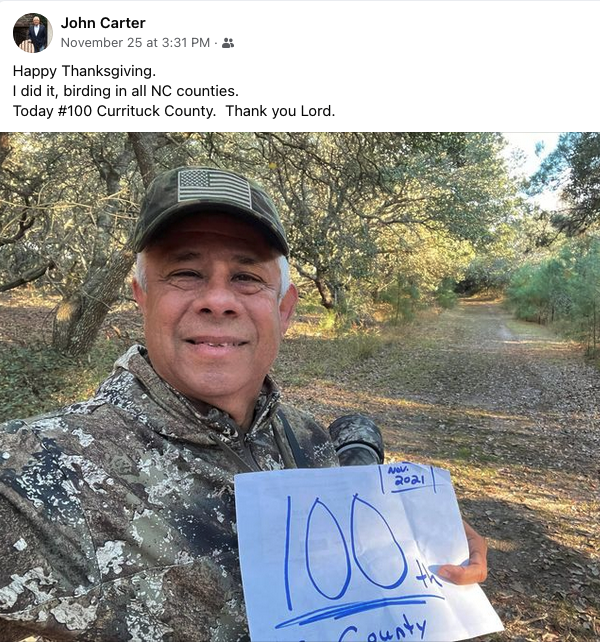
He say’s that he is now officially retiring from birding (to focus on his Raleigh – Durham Real estate career) and that his last bird of the year was the Snow Bunting we found on this trip 🙂
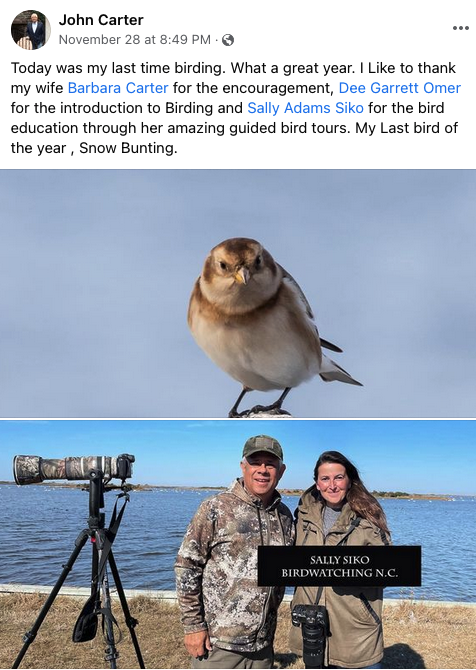
CONGRATULATIONS JOHN! Hope you come out of bird retirement again someday. Never say never my friend 😉

